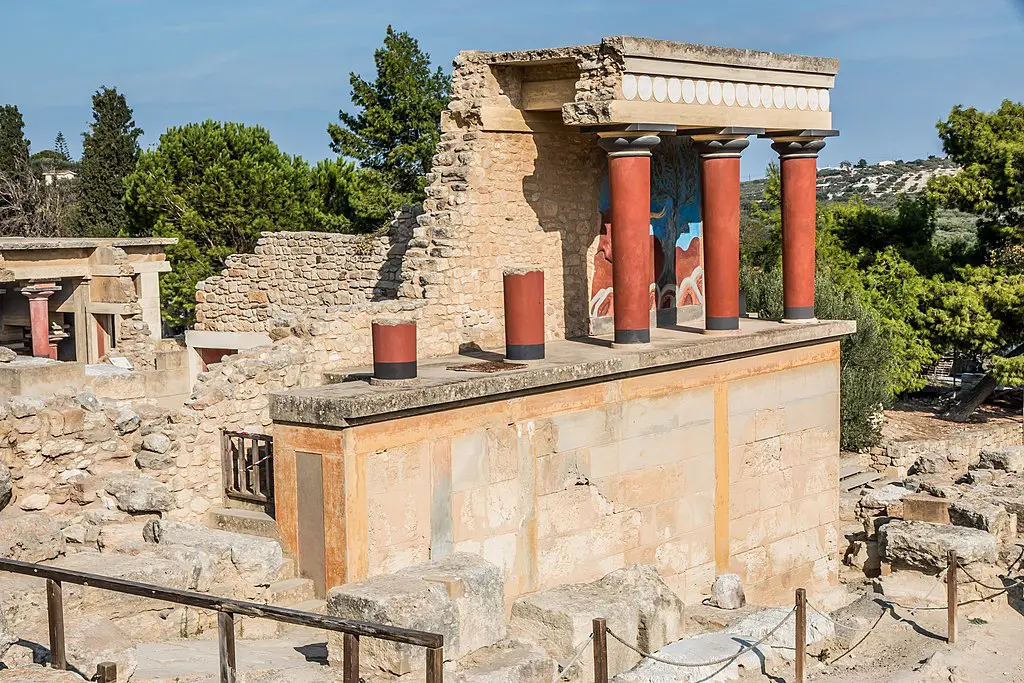
Greek authorities are finalizing the candidacy file for the inclusion of Crete’s Minoan-era ancient palaces in the UNESCO World Heritage List.
The file will be submitted by the Ministry of Culture and includes the palaces of Zakros, Knossos, Phaistos, Malia, Zominthos and Kydonia.
The application will be evaluated and commented upon by the competent UNESCO committee and the nomination is expected to be officially submitted in 2024.
The 6 ancient Minoan palaces of Crete
The Palace of Knossos, located about five kilometers (three miles) south of Heraklion, was the largest of all the Minoan palaces in Crete.
It was also at the core of the highly sophisticated Minoan civilization that flourished on the island over 3,500 years ago.
The discovery and subsequent excavation of the palace dates back to the beginning of the twentieth century. Before then, Knossos had only been a place mentioned in Greek mythology.
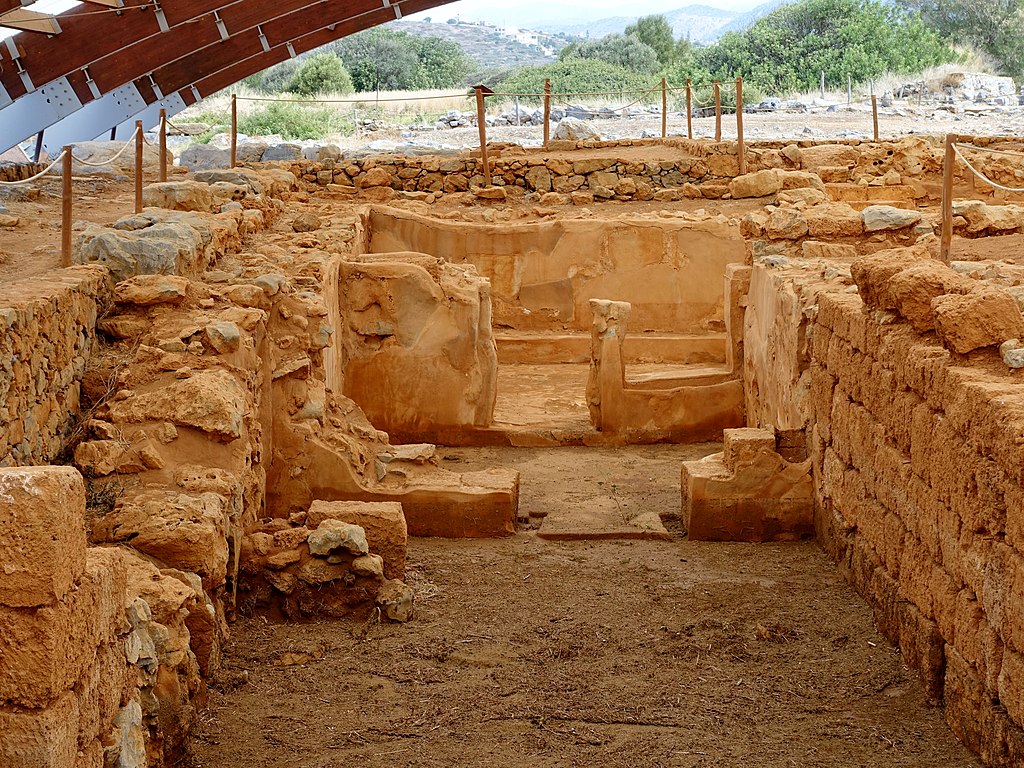
The palace of Malia, dating from the Middle Bronze Age, was destroyed by an earthquake during the Late Bronze Age; Knossos and other sites were also destroyed at that time. The palace was later rebuilt toward the end of the Late Bronze Age.
Most of the ruins visible today date from this second period of construction. The palace features a giant central courtyard, 48m x 23m in size. On the south side are two sets of steps leading upwards and a maze of tiny rooms. Also here is a strange carved stone called a kernos stone, which looks like a millstone with a cup attached to the side of it.
On the north side of the courtyard were storage rooms with giant earthenware pithos jars, up to two meters tall. These were used for holding grain, olive oil and other liquids; the floor of these rooms has a complex drainage system for carrying away spilled liquids.
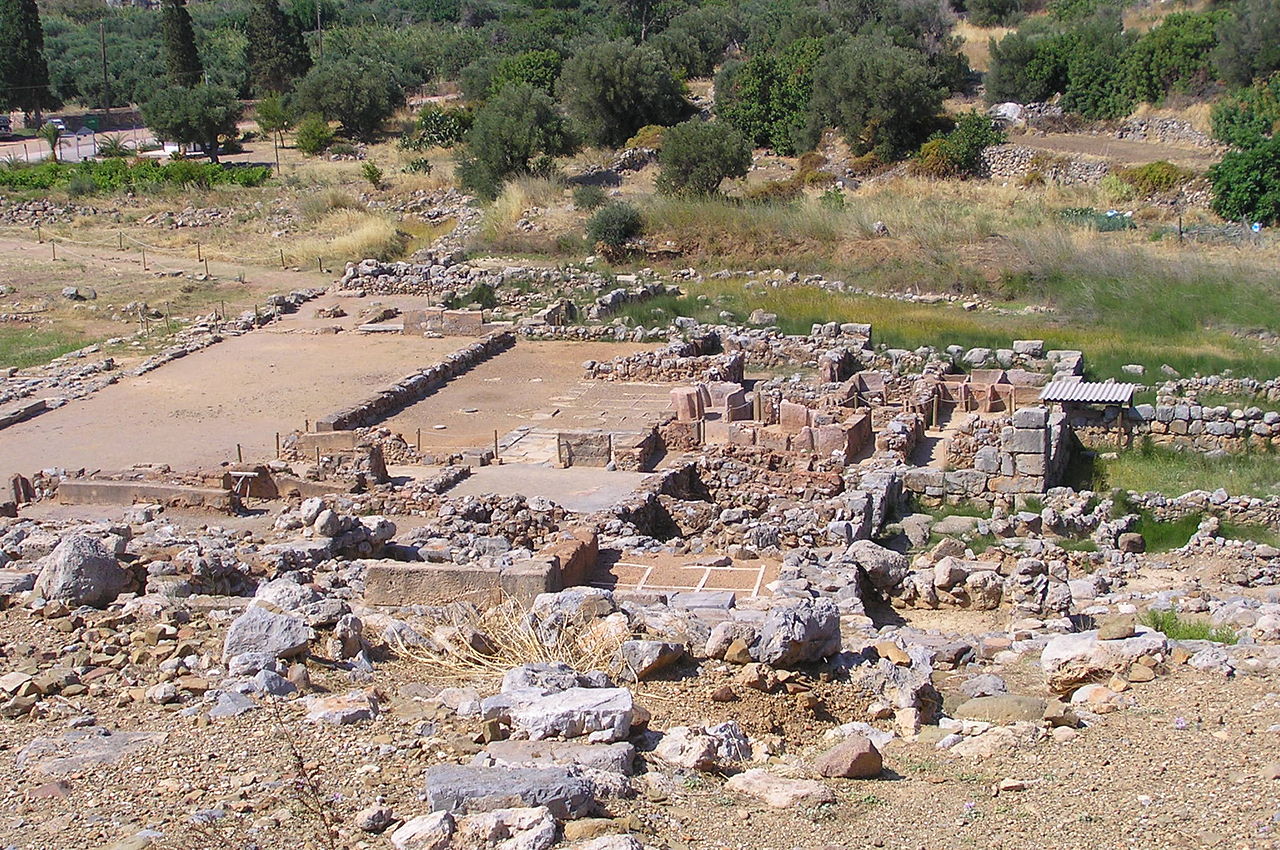
Zakros is a site on the east coast of Crete containing ruins from the Minoan civilization. The site is often known to archaeologists as Zakro or Kato Zakro.
It is believed to have been one of the four main administrative centers of the Minoans, and its protected harbor and strategic location made it an important commercial hub for trade to the east.
The town was dominated by the Palace of Zakro, originally built around 1900 BC, rebuilt around 1600 BC, and destroyed around 1450 BC along with the other major centers of Minoan civilization. Extensive ruins of the palace remain and are a popular tourist destination.
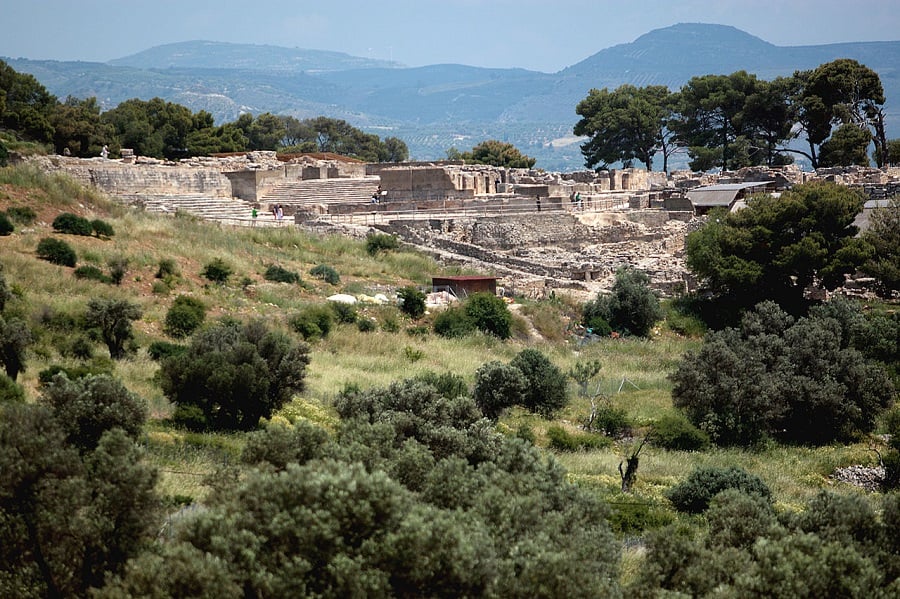
The magnificent archaeological site of Phaistos, where an imposing palace stood overlooking the Mediterranean for thousands of years, is perhaps not as well known as the palace of Knossos, but it was a focal point in the long and illustrious history of Crete.
It is the second-largest Cretan palace founded by the legendary King Minos of Knossos. It does not face the Peloponnese mainland like Kydonia does, but rather southward and outward, toward the Mediterranean.
The palatial fortress, located in a seismically active zone, was rebuilt twice after it was first constructed in the Late Bronze Age.
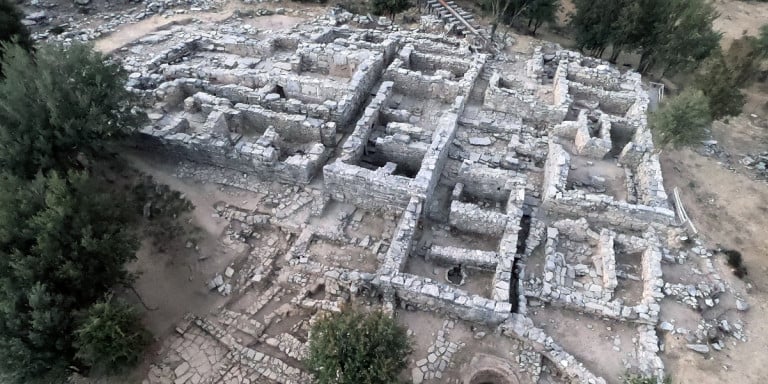
Zominthos, with its elegant summer palace once belonging to the Minoan aristocracy on Crete, was first discovered in 1982.
Recent excavations disclosed to archaeologists that the use of the building actually extended back as far as 2,000 BC — and possibly further.
Researchers believe that the palace of Zominthos served political, economic and religious functions throughout its existence. It is very near the religious center of Ideo Andros, whose influence spread throughout the Eastern Mediterranean, the New East and even Egypt.
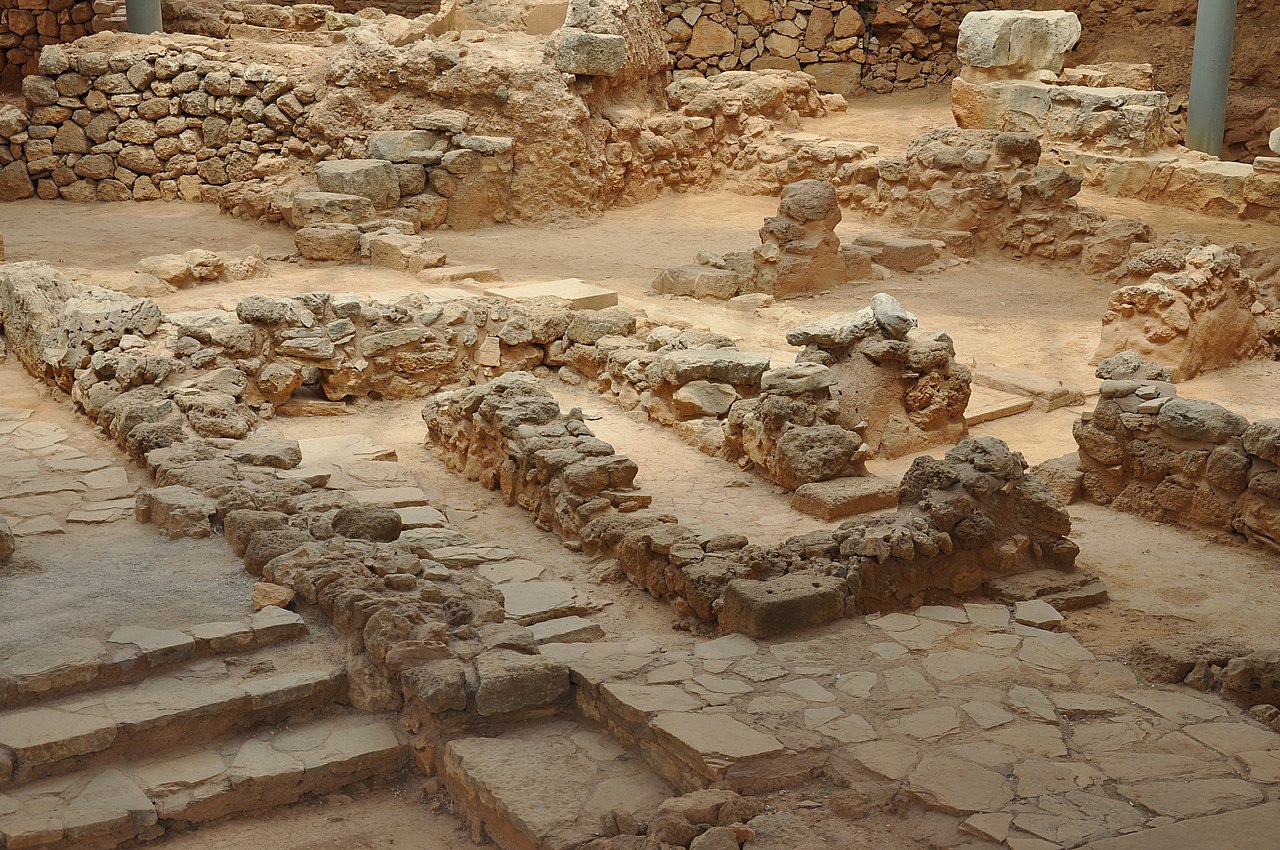
The modern-day city of Chania in Crete is built on the site of the ancient city state of Kydonia or Cydonia, on the northwest coast of the island.
In legend, Cydonia was founded by King Cydon (Κύδων), a son of Hermes or Apollo and of Akakallis, the daughter of King Minos.
At Kastelli hill, the citadel of Chania’s harbor, archaeological excavations have discovered ceramic sherds which date back to the Neolithic era. Rare finds such as walls and ground floors confirm that the systematic habitation of the hill began during the Early Minoan period. A Minoan House with a characteristic hall was also unearthed.
See all the latest news from Greece and the world at Greekreporter.com. Contact our newsroom to report an update or send your story, photos and videos. Follow GR on Google News and subscribe here to our daily email!



